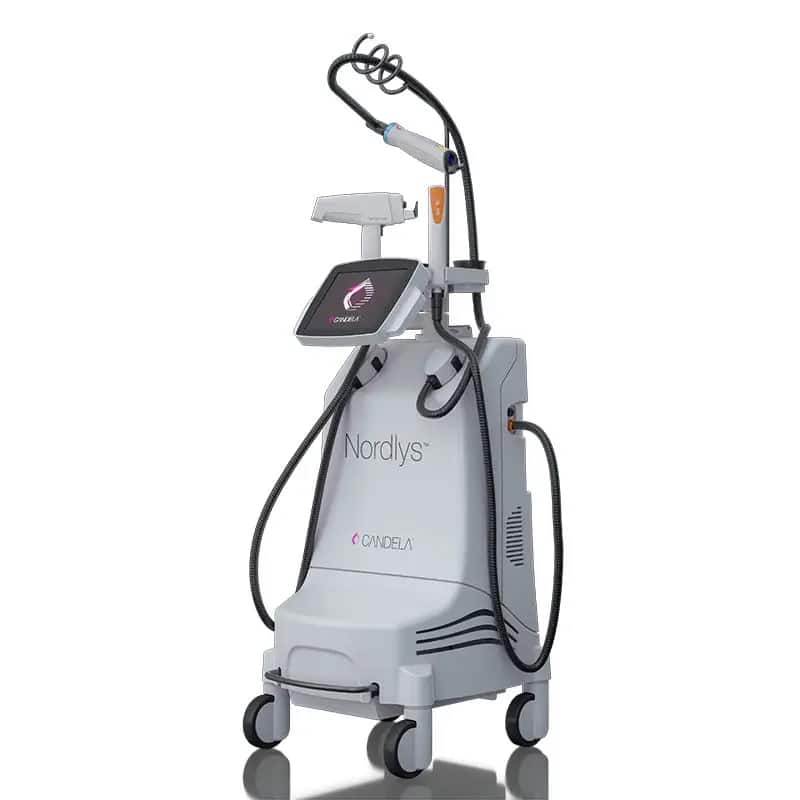Shave, Curettage, and Electrocautery
Excellent clinical efficacy and favourable cosmetic outcomes via Electrosurgery methods
Curettage and cautery are a form of electrosurgery utilised to address low-risk skin cancers and pre-cancerous growths.
This method is a straightforward, fast, and economical choice that, when employed properly, has demonstrated outstanding clinical effectiveness and positive cosmetic results.
Pros: Immediate removal of the lesion, effective for thick keratoses, suitable for one solitary lesion.
Cons: Some of scarring and requires careful wound care; not suitable for a large field of sun-damaged skin.

Key Information:
Your skin can look different after treatment. Changes can include –
- loss of colour in the skin (hypopigmentation)
- dark re-pigmentation at the base of the wound
- a depressed scar (a scar that dips inwards)
- a raised scar (keloid): a keloid scar happens when a scar keeps growing and covers a larger area than the original wound. There is a greater chance that you may get a keloid scar if your procedure was on your chest or back or if you have black or brown skin.
Occasionally, the skin lesion may regrow after several months or even years after treatment.
- It is normal to expect some oozing of blood from the wound.
- If you notice any constant bleeding, apply constant pressure with a clean cloth for 15 to 20 minutes. Keep the pressure on continually. It should eventually stop.
- If you cannot stop the bleeding, contact ISO Clinic or your local GP.
Once the local anaesthetic has worn off you may find that there is a mild discomfort. This is usually helped by taking Paracetamol. Follow the instructions on the packet.
Please do not take Ibuprofen or Aspirin because this can increase the risk of bleeding.
After your procedure, your wound will look like a deep graze or a burn. A crust will form over the wound. After a while a yellow base may also develop under the scab which is normal.
Nordlys System Features:
Wavelengths:
PL400 (400-720nm) for pigmented lesions, along with PR(S) 530 (530-750nm) and VL(S) 550 (555-950nm) for comprehensive skin rejuvenation and treating vascular lesions.
Indications:
- Treatment of facial telangiectasia
- Management of small melanocytic nevi and solar lentigines
- Reducing diffuse erythema (rosacea) Acne treatment


Topical Skin Treatments
At Iso Skin Cancer & Laser Clinic, we integrate topical treatments with cutting-edge laser technology to craft personalised care plans.
This integrative approach guarantees precise and safe outcomes tailored to your individual needs.
If you are seeking solutions for sun-damaged skin or other pigmentation issues, we invite you to schedule a consultation to explore your options and discover how we can assist you in achieving healthier, more radiant skin.
Book Now. No referrals required.
Our Skin Check, Cosmetic and Laser services are confidential, gentle and friendly to ensure patient comfort and safety throughout the whole process. Our experienced doctors will guide you and expert advice, so you can make confident and informed decisions.
Advantages of Photodynamic Therapy
At ISO Skin Cancer and Laser Clinic, our commitment to expertise, compassion, innovation, and integrity drives everything we do to ensure the highest quality of care for our patients.
Recovery Time
PDT typically results in abc out 5 days of redness and irritation, compared to the discomfort extending over 4-6 weeks with topical chemotherapy creams.
Effectiveness
PDT has an approximate clearance rate of 80%, while traditional topical treatments like Efudix have a completion rate of about 75%. Laser-assisted PDT can further increase this rate to approximately 85%.


